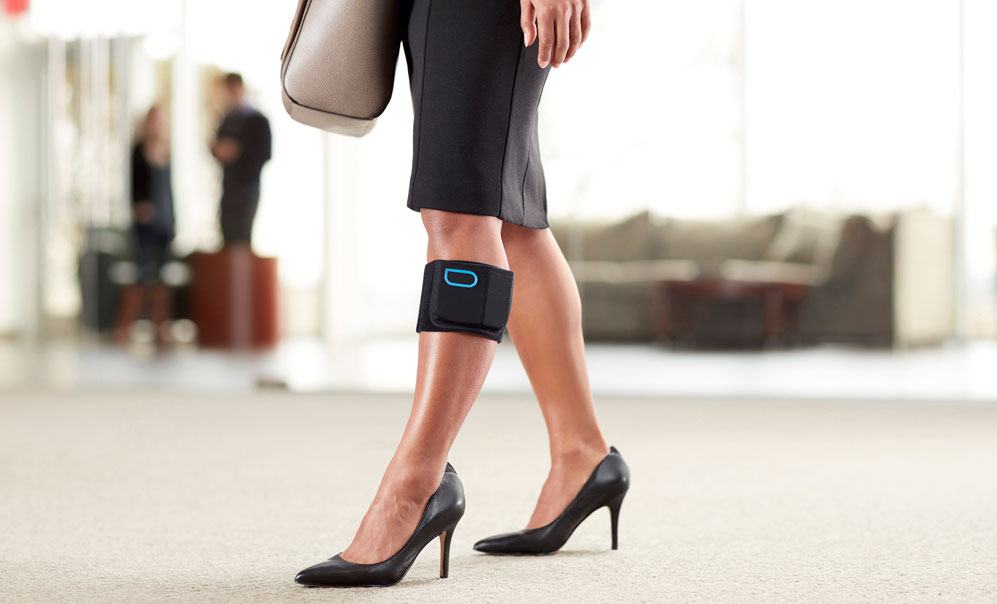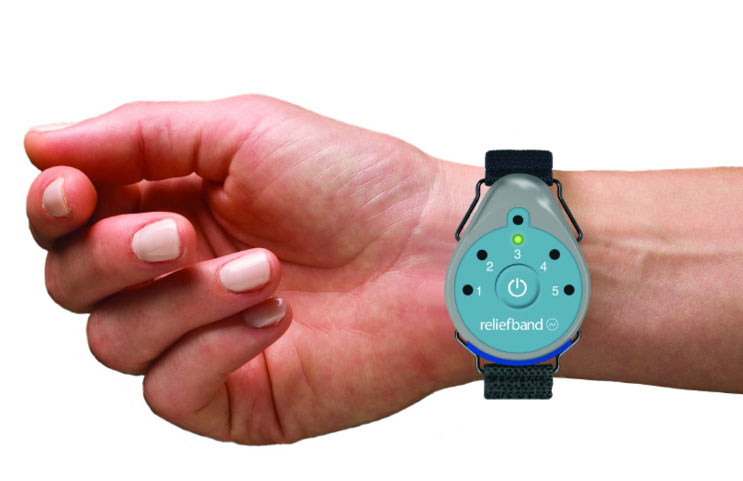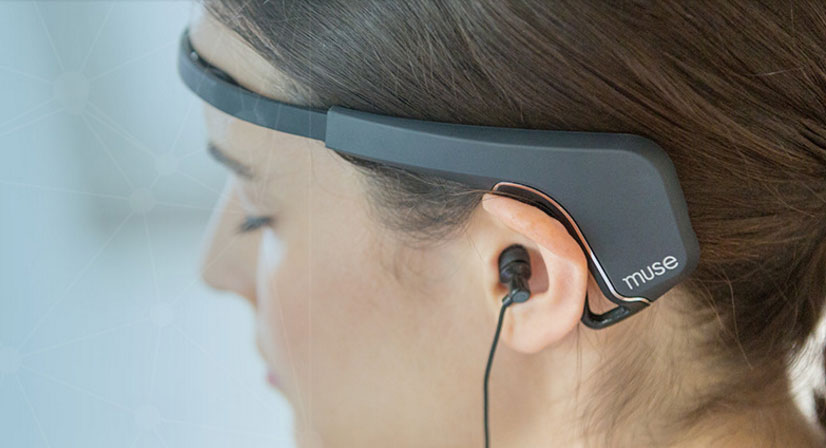Wearable Devices Move Toward Disease Treatment
In the world of wearables, some devices are moving beyond tracking your exercise and sleep, and instead claim to help treat certain diseases and conditions.

For example, a device called Quell, which attaches to the upper calf, could help reduce chronic pain for some people, according to the company. Users can wear the device all day and night, and provides "therapy sessions" that last an hour each.
The device stimulates nerves in the leg with an electrical current, which, in turn, triggers a response from the central nervous system that can block pain signals anywhere in the body, the company says. This type of therapy, known as TENS (or Transcutaneous Electrical Nerve Stimulation), has existed for decades, and has been shown in some studies to be effective in reducing certain types of pain.
The company says Quell automatically adjusts the strength of the current during a therapy session, and it has a sleep mode that automatically starts a session every 2 hours during the night. A study by the company found that about two-thirds of users were able to reduce their use of pain medication. The device has been cleared by the Food and Drug Administration, which means that the agency has determined that the Quell is similar to other devices on the market that are already known to be safe and effective.
However, TENS therapy doesn't work for everyone, so the company offers a 60-day money-back guarantee. [5 Surprising Facts About Pain]

Another wearable, called ReliefBand, is marketed for treatment of nausea related to motion or morning sickness. The wrist-worn device sends electrical pulses to stimulate a nerve on the wrist's underside, and the signals that then travel to the central nervous system block the sensations of nausea produced by the stomach, the company says. The device is also FDA-cleared.
Finally, a headband called Muse claims that it can help users meditate, a practice that has been linked with health benefits, including reduced stress and anxiety. The device measures your brain signals to gauge whether your brain is in a "calm" state, or whether it's active and wandering, the company says.
Sign up for the Live Science daily newsletter now
Get the world’s most fascinating discoveries delivered straight to your inbox.

The headband also translates your brain activity into sounds, so users hear when their mind is starting to wander. The device then plays sounds to guide users back into a calm state, the company says.
In one study, people who used Muse performed better on a task requiring attention than a control group that engaged in math exercises instead of meditation. The participants who used Muse also reported reduced symptoms of headaches, nausea and pain, compared with the people in the control group who were not using the device, the company says. The study has not yet been published in a scientific journal, but was presented at a conference on Advances in Meditation Research, and is under review for publication.
Follow Rachael Rettner @RachaelRettner. Follow Live Science @livescience, Facebook & Google+. Original article on Live Science.

Rachael is a Live Science contributor, and was a former channel editor and senior writer for Live Science between 2010 and 2022. She has a master's degree in journalism from New York University's Science, Health and Environmental Reporting Program. She also holds a B.S. in molecular biology and an M.S. in biology from the University of California, San Diego. Her work has appeared in Scienceline, The Washington Post and Scientific American.
Measles has long-term health consequences for kids. Vaccines can prevent all of them.
100% fatal brain disease strikes 3 people in Oregon









